|
On the 5th March 2022 twelve members of the group met at the Presthaven gate to visit the colony out of season and see how things had changed following several late winter storms.
The walk to the beach on the refurbished boardwalk was most pleasant in the warm Spring sunshine. As ever, the shingle banks have changed since last season appearing to be slightly lower but with a good mix of pebbles and sand, presenting a good nesting habitat. Today’s high tide was at 12.30pm and 8.5m. Albeit with little wind, the tide line was well below the nesting area. It is likely that fencing will be similarly placed as last season. The visitor centre will no doubt be erected in the usual place but the hide will need to be moved because it now overlooks a dune rather than the beach. A new location closer to the visitor centre was identified. Laurence Clark had checked out the connectivity with a view to live streaming to a website. The outcome was positive. It will be possible to use a mobile phone, a battery and a solar panel to provide a feed that can be moved around as required. This may be something that NWLTG might like to fund. Birds seen: Cormorant, Little Egret, Mute Swan, Mallard, Shoveler, Teal, Common Scoter (five close to shore), Kestrel, Moorhen, Coot, Oyster Catcher, Ringed Plover, Grey Plover, Knot, Sanderling, Turnstone, Dunlin, Redshank, Black-headed Gull, Herring Gull, Lesser Black-backed Gull, Great Black-backed Gull, Wood Pigeon, Skylark, Meadow Pipit, Dunnock, Robin, Stonechat, Blackbird, Cetti’s Warbler (heard), Magpie, Carrion Crow, Reed Bunting.
0 Comments
It's been a while since our last blog. The 2020 season had it's major struggles, as did everyone across the land due to the pandemic. It was a tough time for Little Terns alike with only 31 fledglings from 89 pairs. This belies the monumental efforts of Denbighshire County Council to warden the site without volunteers however. They did a great job in difficult circumstances and without their hard work there would have undoubtedly been no fledglings otherwise. Moving on to this season, things are gathering pace. On Tuesday 20th, the first Little Terns were seen back at Gronant whilst fencing was being erected. By the end of the first week a total of 8 pens had been installed with staff from DCC, Keep Wales Tidy and volunteers from the NWLTG all being involved. This is a herculean effort and is crucial for giving the terns a fighting chance. DCC have hired three new wardens for this season and their names are Alex, Alex and Ollie. We're going to need to find a better way to differentiate between two of them! The other news is the group held our AGM on Weds 21st April. It had been postponed from late last season due to the pandemic. It was our first AGM on zoom and was attended by 16 people. To make it more fun we received varied talks from Jim Kilpatrick at DCC on the progress towards this season, Chantal Macleod-Nolan from the RSPB on past and future projects for Little Terns in England and finally Professor David Norman who gave a summary of all the recoveries of Little Terns from the UK and particularly the role ringing at Gronant has played in this. We are needing volunteers to help this season as we are expecting a busy summer on the beach. There is lots to do at the site to help ensure a successful breeding season. Fence maintenance, predator control, minimising disturbance and chatting to visitors to name but a few. This will all be done with covid protocols in force to keep ourselves safe and the public safe.
One extra target for the 2021 season is to find the Little Terns tagged with geolocators in 2019, retrieve the devices and download the data. To this end, cameras will be placed on nests. Volunteers will then be needed to view the images to identify the colour rings on the birds, so that the tagged birds can be trapped and the geolocators recovered. If you can help please e-mail us at [email protected] and we will update you accordingly. In the last couple of weeks since the relaxing of travel restrictions we have been able to look for colour-ringed birds on the beach at Gronant. A bird with a combination of rings we hadn't seen before piqued our interest and we have since found out it was ringed near Lisbon, in Portugal, in Sept 2018 as a juvenile on migration. As far as we can tell, this is the first ever Portuguese-ringed Little Tern to be seen in the UK! This fills in another piece of the puzzle as to the route Little Terns take to get to Africa for the winter. At over 1000 miles away it is an impressive flight but a fraction of the total journey these tough birds make. The North Wales Little Tern Group are really pleased to discover this first and by working with Denbighshire Council and the Merseyside Ringing Group we hope to make more discoveries in the future. In terms of the season at Gronant, rather like the year for humans, it has been a very tricky one for the terns. Following most of the first round of nests being lost in a storm in early June, about 80 pairs relaid. Since these eggs hatched, the ringers have confirmed over 50 chicks in the colony but a lot of these are being lost to sand-blow and intense Kestrel predation. We know some have made it as there are now fledglings on the beach. Up to a dozen young ones so far. We think that the numbers will continue to rise over the next week or two. We'll let you know the final totals when we have them.
Well what a year it is turning in to. First off, we hope all our readers and members are well and are coping with the reduced freedoms and countless other issues. With the covid-19 virus lockdown, thoughts of helping the Little Terns have been tempered somewhat. For a while it looked like there wouldn't be any fencing, any wardens and a free-for-all for the local Foxes. Luckily, thanks to the tremendous work of the Denbighshire Countryside Service team, they have managed to erect the majority of the fencing whilst social distancing and taking all necessary precautions. Bear in mind it takes a full team of countryside rangers, many volunteers from the North Wales Little Tern Group and assistance from the RSPB and NWWT to install the 2.5 km of electric fencing in a typical year. This season we were told just three staff managed to put up all the fencing! The committee were made up to hear that the fencing had gone up, as we are sure you are. The news was released in a press release which is replicated here - "Denbighshire Countryside Service staff have been working at Gronant Dunes to protect the Little Tern colony. Gronant is Wales’ only breeding colony of Little Terns, which have faced recent threats through quad bikes driving over vital shingle nesting habitat. A small staff team from the Countryside Service have been working hard to install electric fenced pens, whilst adhering to social distancing measures. The Little Tern colony will continue to be monitored with a staff presence throughout the season, which runs from May to late July. Denbighshire Countryside Service are working with North Wales Police to prevent further quad bike damage to the Little Tern colony." A couple of articles have also been written in the local press and online. The tern group are not able to assist the conservation efforts here or the satellite sites around North Wales until we are released from lockdown. Although we are saddened by this, on the flip side there should be far fewer people down on the beach to have to keep away from the pens anyway. The main risk will be from the age-old suspects - predators and tides.
Prior to the fencing story, a series of quad-bike tracks had been seen within the area that the colony occupies. This was during lockdown so was not only illegal for that reason, it was also illegal due to all the formal protections the Gronant dunes have. The rural crime team were informed and have stepped up patrols. This story also made the local news. After all the drama so far, we are keeping our hopes up that the season will progress smoothly for the terns and in a safe manner for staff. The tern group will be ready to get back to work once it is safe to do so and we hope to have your support, it is needed and welcomed as much as ever. The terns were seen back on 18th April, one of the earliest sightings ever and are now becoming more frequently seen in the run up to the first nesting attempt. Stay tuned for updates during the season. Now we really know the Little Tern season is nearly upon us! Little Tern Warden posts online - 9th March is the closing date. Please share with anyone you think may be interested in working with a great team at one of the biggest colonies in the UK.
https://www.countryside-jobs.com/job/mar20/little-tern-wardens-denbighshire-county-council-2702-4 And just like that, they started to leave... It has been a fast and furious season. With most of the nests hatching first time round, the chicks fledged in what seemed like record time. Barring some sand-blow covering a few nests it has been a remarkably benign season, richly deserved after recent years. Consequently, the birds are leaving promptly having grown to an age where they can fly and follow their parents. It is rare though that any are seen away from Gronant on their migration, so when Robin Sandham and Marc Hughes found a flock of 8 on Colwyn Bay beach on 22nd Jul it was a notable occurrence and they took a closer look. The excellent series of photos below were taken by Marc (@Marcbuzzard on twitter). Of the 8 birds, 5 were juveniles and the other 3 adults. One each of the juveniles and adults were colour-ringed showing they were from Gronant. Without the colour-ringing programme we could only speculate where they came from. The adult's code was XXX which means it was caught as an adult on a nest in 2018 but we don't know how old it was as it didn't have a metal-ring applied as a chick (there's always some that manage to hide from ringers!). It was DNA analysed for sexing so we know it was a male. The other colour-ringed bird was a juvenile with the code UJE applied just a few weeks ago. It too will be DNA analysed but we haven't heard back yet.
It was fascinating to see that the youngsters still get fed by parents once they have left Gronant. They will likely migrate in family groups all the way to Africa where the youngsters will become more effective at fishing for themselves. For now, if you still haven't seen Little Terns at Gronant this year you don't have long left. The best time is the hour or two before high tide. From Thursday onwards the site will start to be taken down but wardens will still be on site to speak to for a while yet. This week has seen numbers of fledglings surge every day. From counts in single figures last week there are now at a total of 110 fledglings as of today (9th Jul).
If you would like to join in the counts please head down to the Gronant visitor center and ask the warden a few hours before high tide. A few pairs of eyes makes the counts more accurate as the fledglings can be hard to spot from a distance along the beach. It is a fun challenge but also a very important one as this is the main measure of how successful the breeding season has been! On a different note please take a look at the new UK Little Tern Project website, a legacy of the Life project which finished earlier this year - www.littleternproject.org.uk The weather has improved lately and this is good timing for the chicks which now roam the beach and dunes at Gronant. Around 250 chicks have been metal-ringed this season, by far the highest ever, hopefully a sign of good things to come. A lesser number have also been colour-ringed for future resightings. At present the chicks are anything but easy to spot, sensible really. See the photo below for one hiding in the prickly Sea Holly for safety. The next couple of weeks will be crucial for those chicks to make it to fledging without being predated or affected by bad weather. There was hushed rumors today that the first chick had fledged, when it was seen to take a short flight down the beach. Great news! There is always a flip side and that is that the Kestrel was seen to take a chick to feed on in the dunes. We are putting out food on the diversionary feeding station for the Kestrel which is working to some extent but not always and we need volunteers to come and do a predator watch in case it comes back. Please please please consider popping down for an hour or two to help out over the next couple of weeks.
Finally, the dunes are a riot of colour at the moment, largely thanks to the thousands of Pyramidal Orchids which have spring up from the sand. This makes the walk down to the colony all the more enjoyable, we've had just as many comments about the plants as the birds lately! It's been a week of mass hatching, with almost all of the first nest attempts now turned from smooth eggs, into fluffy, helpless bundles. Miraculously, the bad weather last week didn't cause too many issues, other than a few buried nests. Now the weather has improved, just in time! Right on cue though, the Kestrel is getting seen more often. They are not stupid and will be able to detect the chicks from quite a distance. All eyes will be on the lookout for any Kestrel advances in the coming few weeks. A rather special Little Tern sporting Yellow ZBA colour-ring has been recorded tending 3 eggs. This male bird was originally ringed as a chick by Professor David Norman of the Merseyside Ringing Group in 1993 before having a colour-ring added in 2018, also by David, when it set a new world record for longevity. It is now back for its 26th year, still making it the oldest known Little Tern in the world, ever. A nice little coincidence, it was refound on father's day of all days. We are so pleased to have this bird back. It has made looking through hours of footage from nest cameras by students and volunteers from the tern group so very worthwhile!
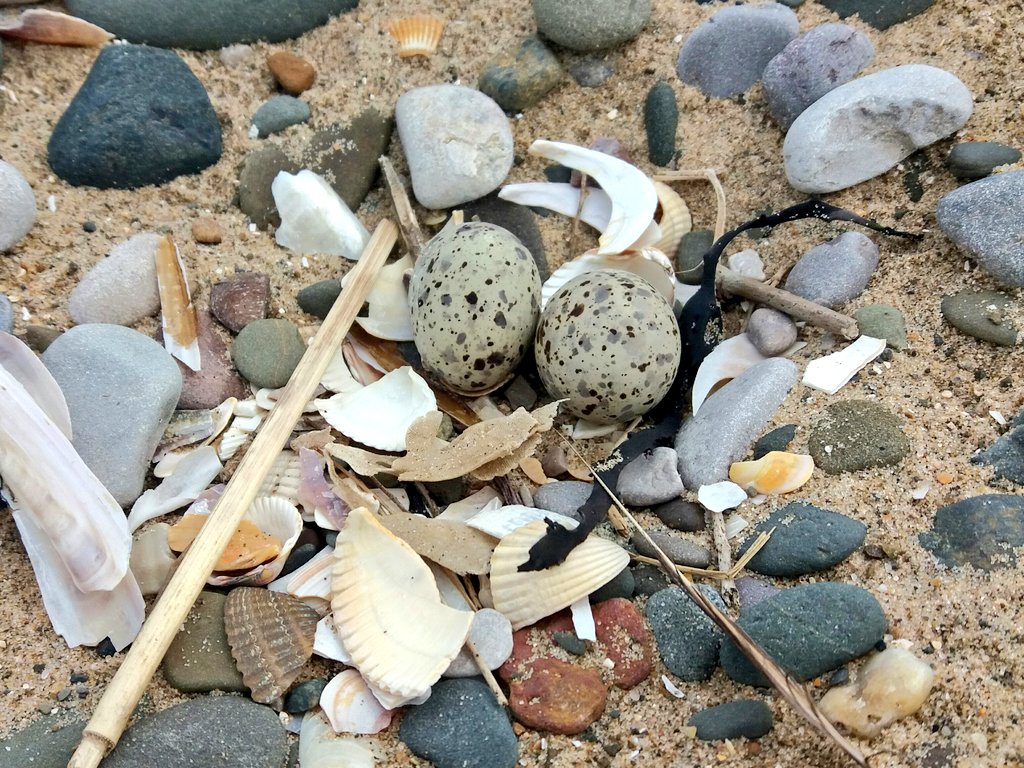 Nest from 2018 (under licence). Nest from 2018 (under licence). The update from today's (29/05) clutch count was that there are now 148 nests and 393 eggs. We are nearly at the peak and it is only eight days since the first nest was found. The average clutch size is also looking healthy at 2.67, the second highest on record! With this many nests to care for if you feel like spending a few hours down at the colony please come down and help keep watch over this ever-growing population. Now's a great time to see them with constant bird activity around the beach. We are hoping numbers rise this year thanks to productive breeding over the last few seasons and high numbers of fledglings being produced. Last year's pair total was 171, so things are looking promising for an even higher total this year. Fingers and toes crossed. The tern group attended the RSPB Conwy Bioblitz last weekend which went down well. Thanks to everyone who came and chatted about Little Terns, we even had a few new people join the group, welcome to you all! The group will also be attending the Nant Clwyd-y-dre Nature Day at Ruthin on Saturday June 8th so if you are in the area please do pop in! There will be a multitude of conservation organisations there including Cofnod, BTO, Denbighshire Countryside Services and the Clwydian AONB team. The grounds of Nant Clwyd-y-dre are beautiful and deserving of a wander around in their own right. |
AuthorHenry Cook Archives
March 2022
Categories
All
|
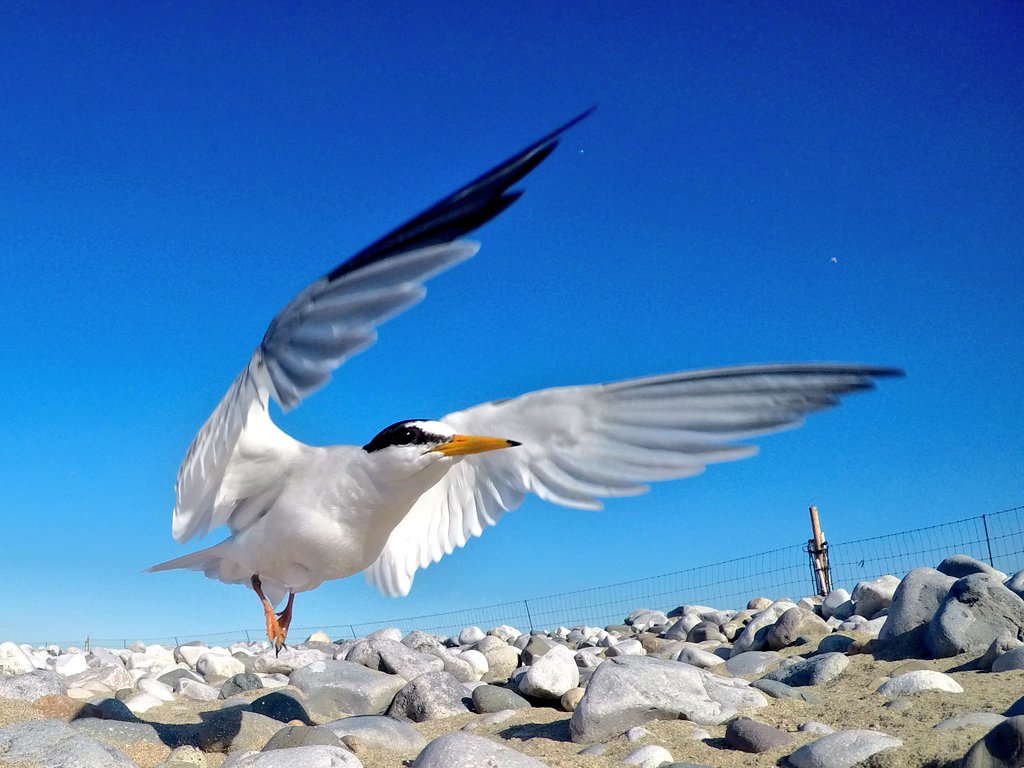
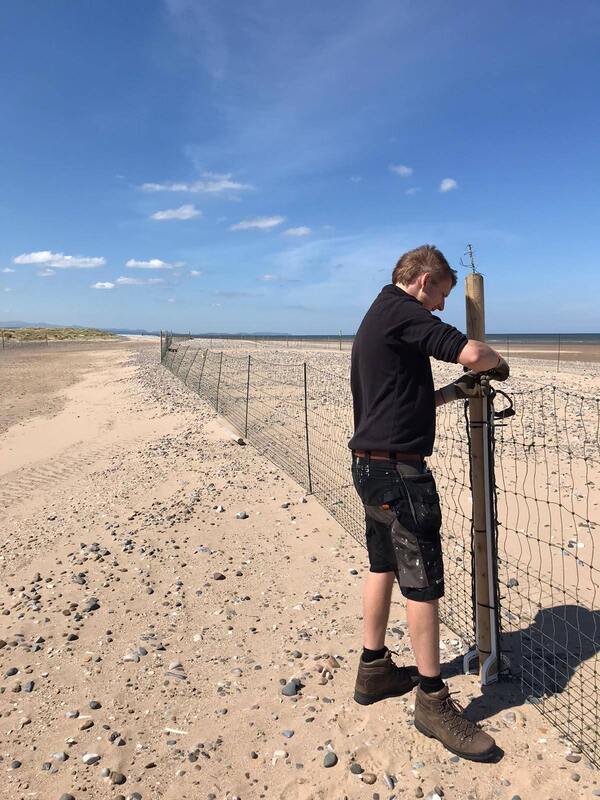
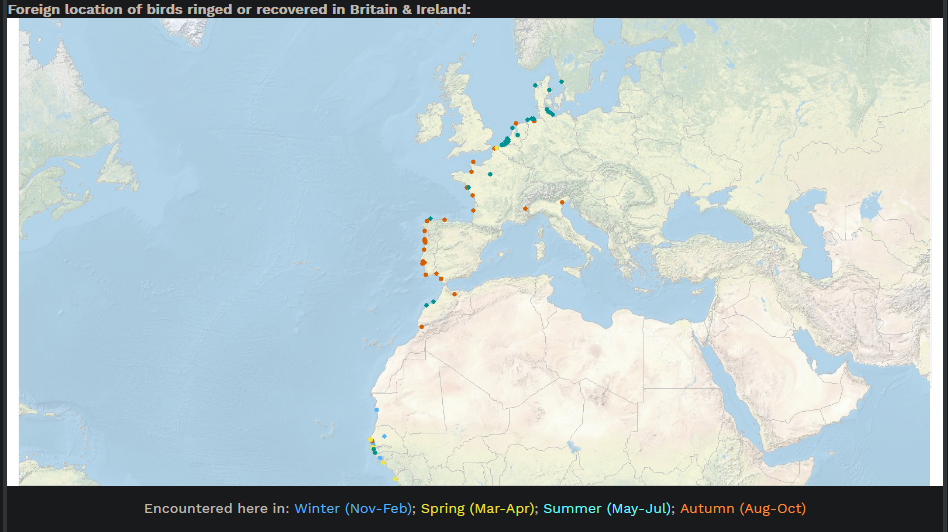
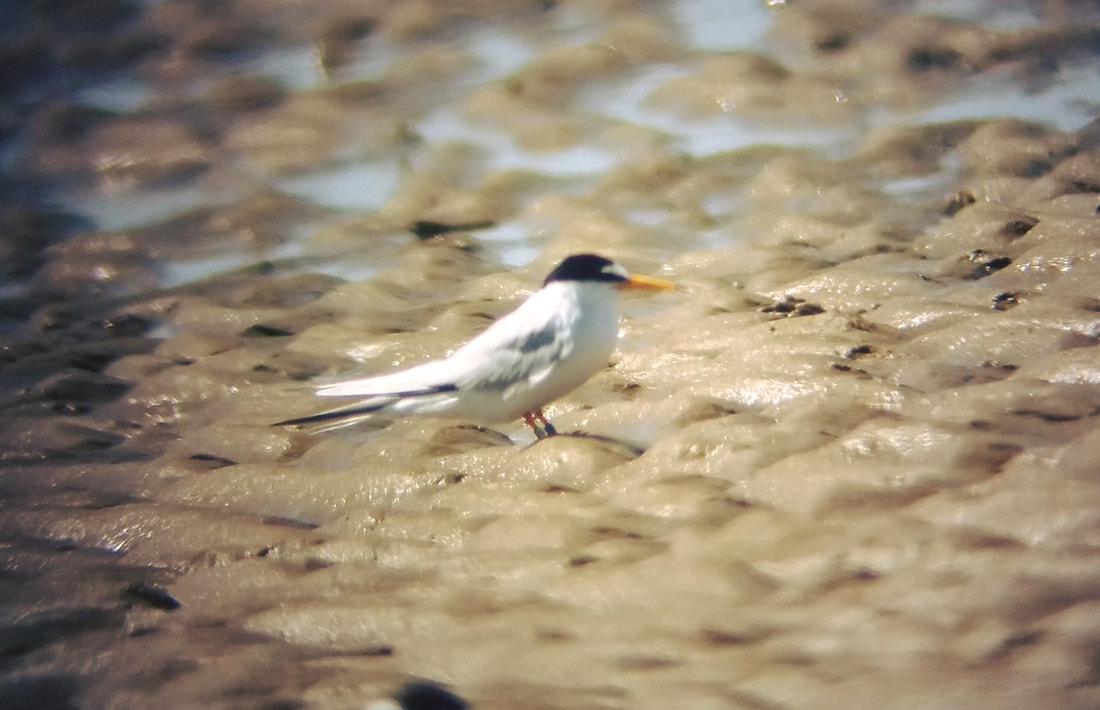
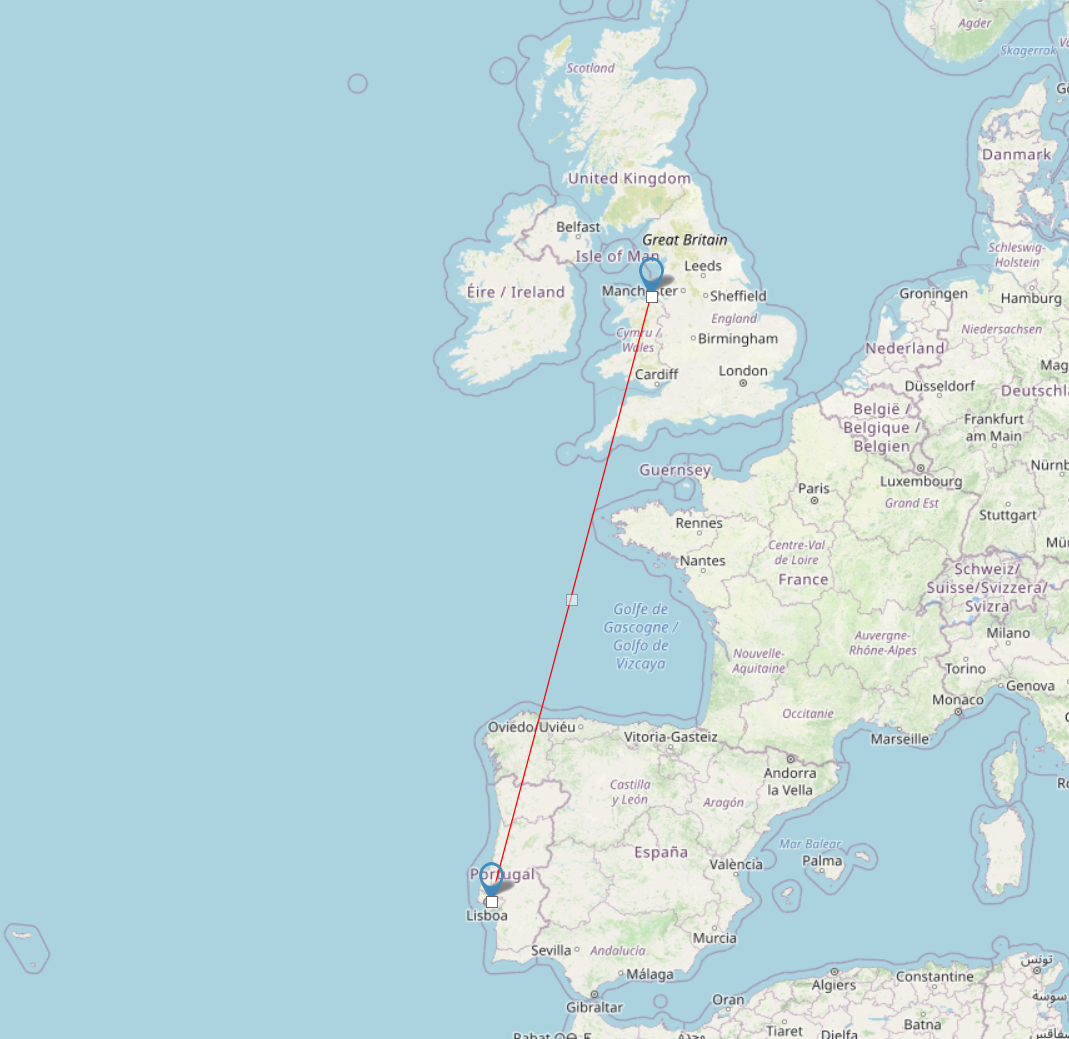
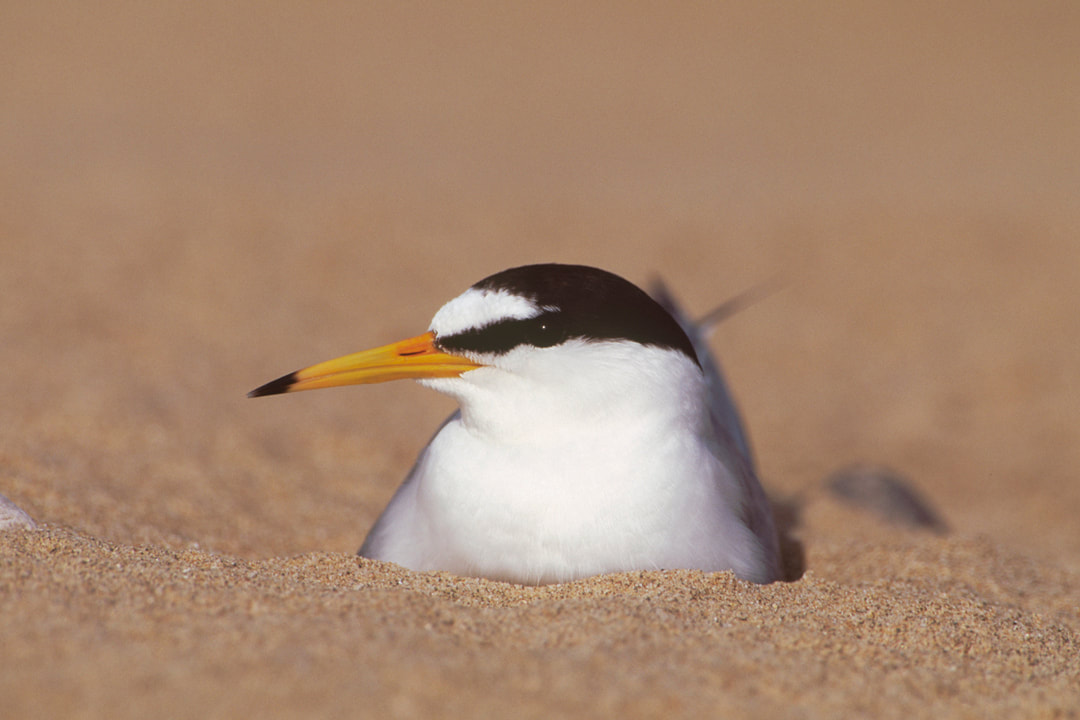

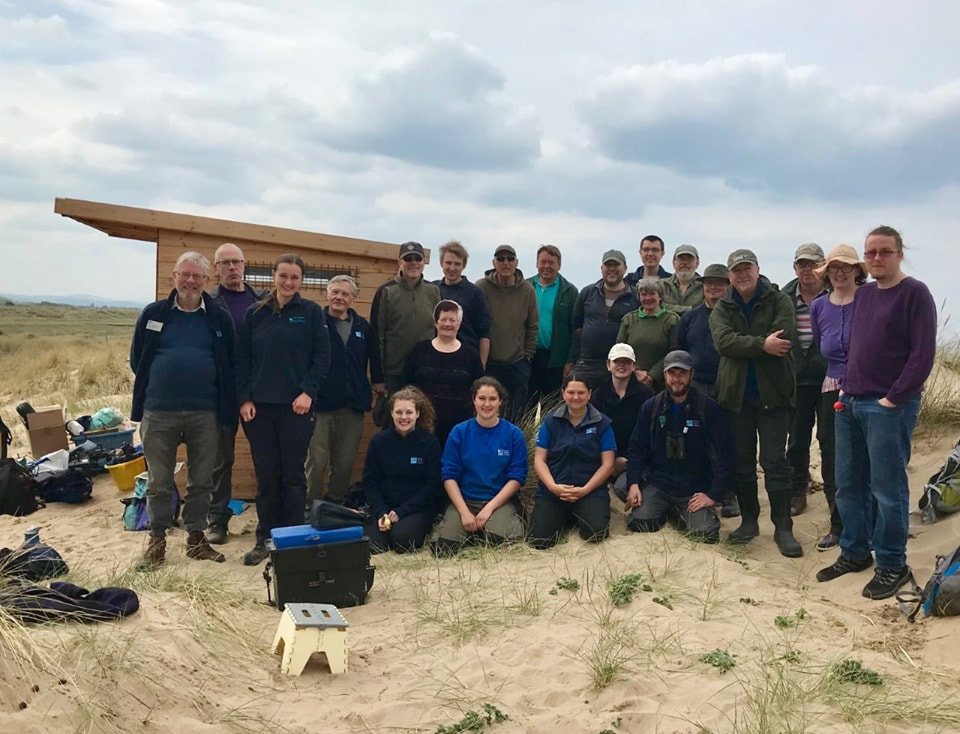
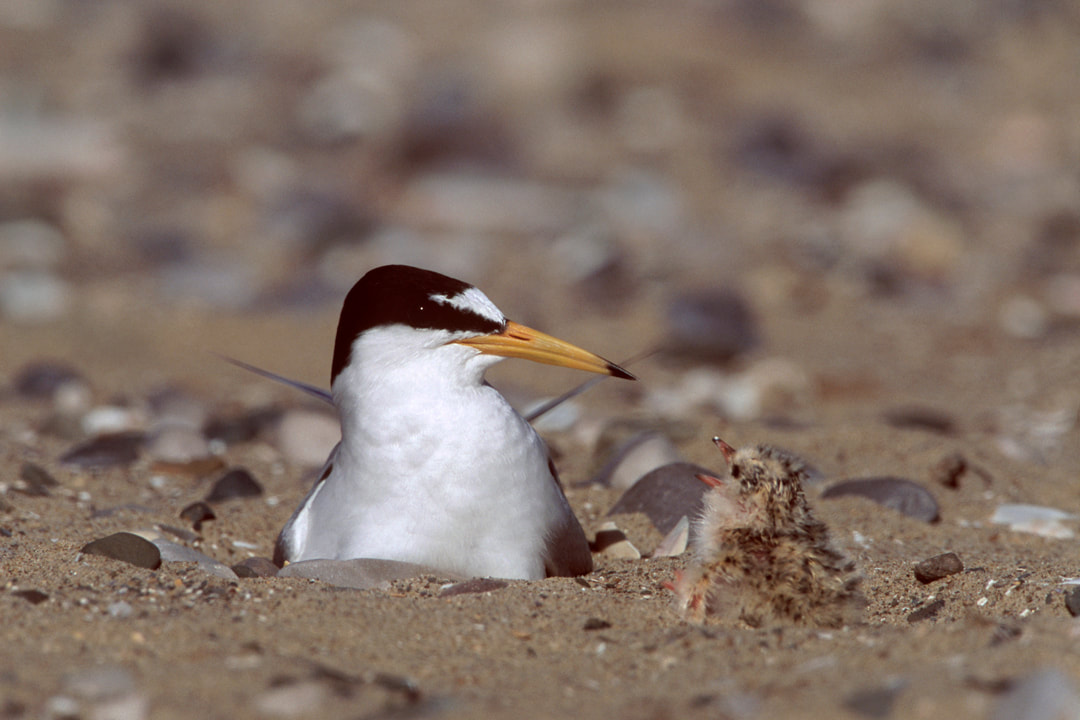
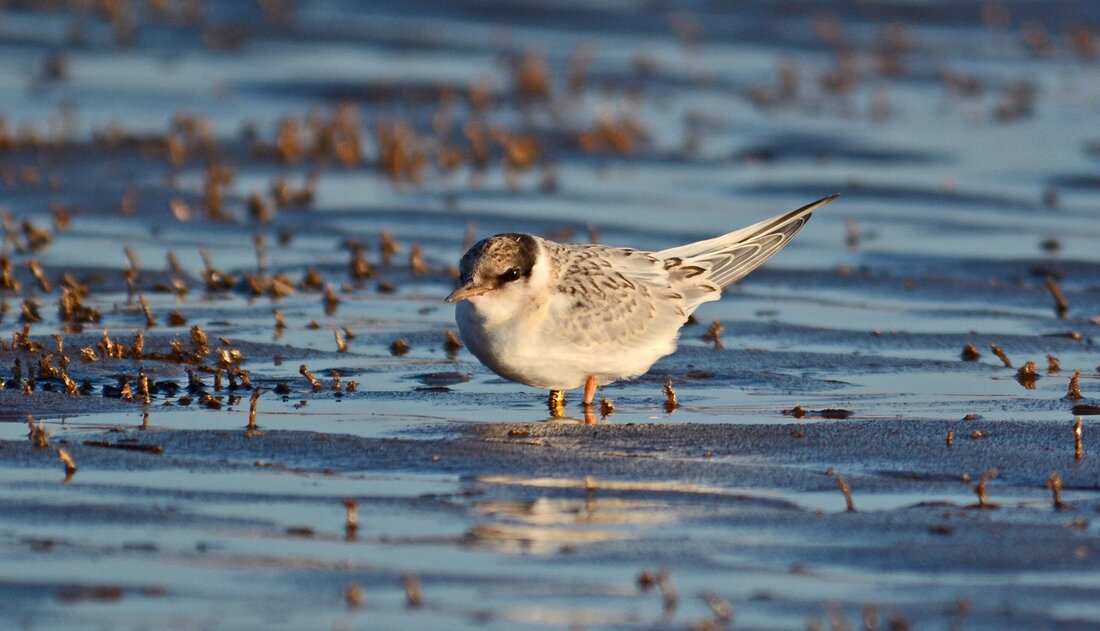
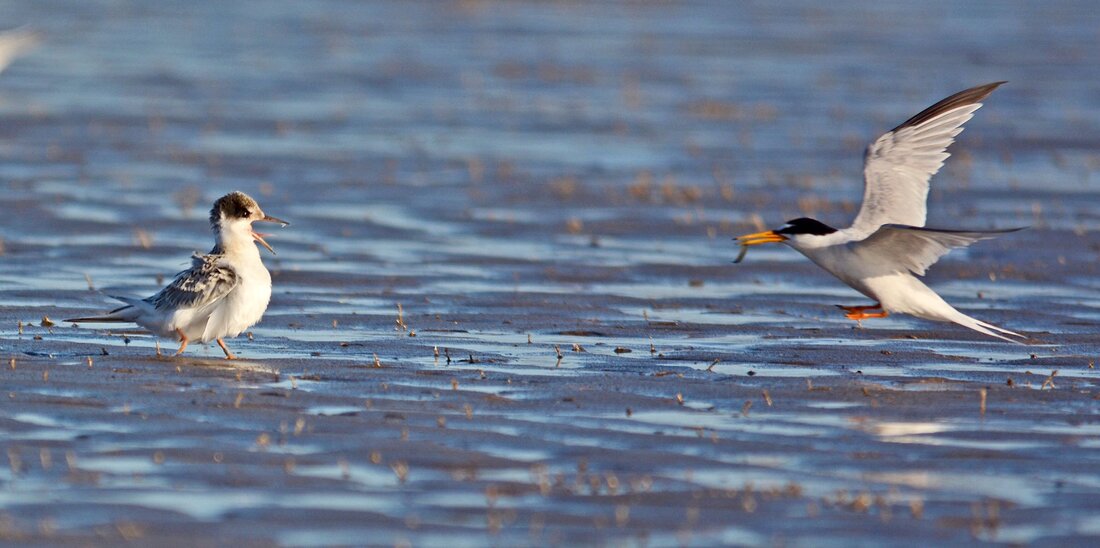
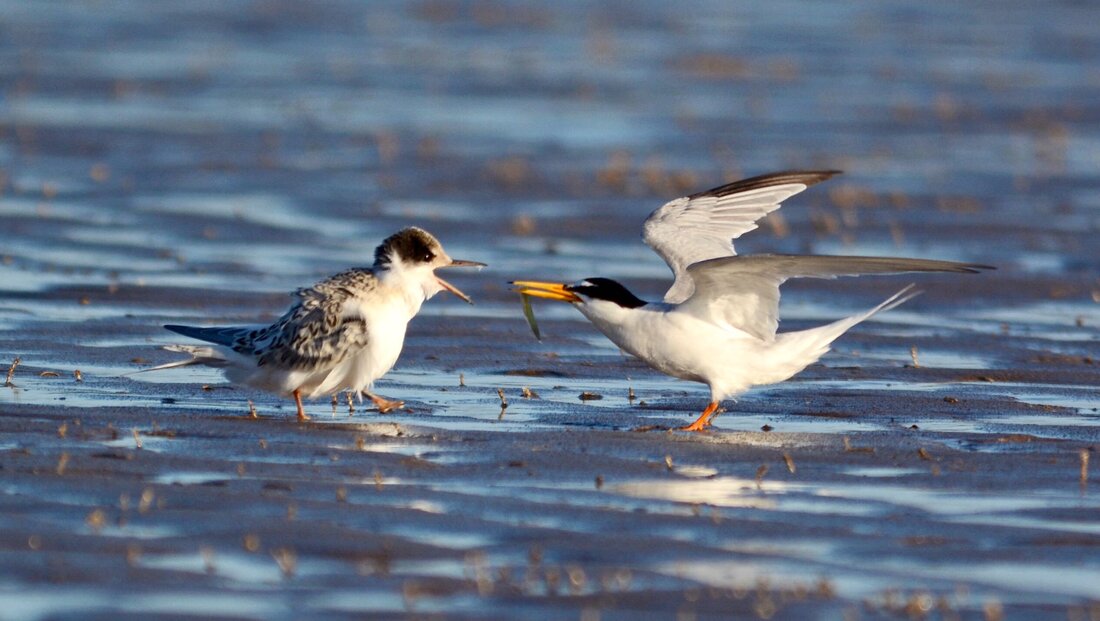
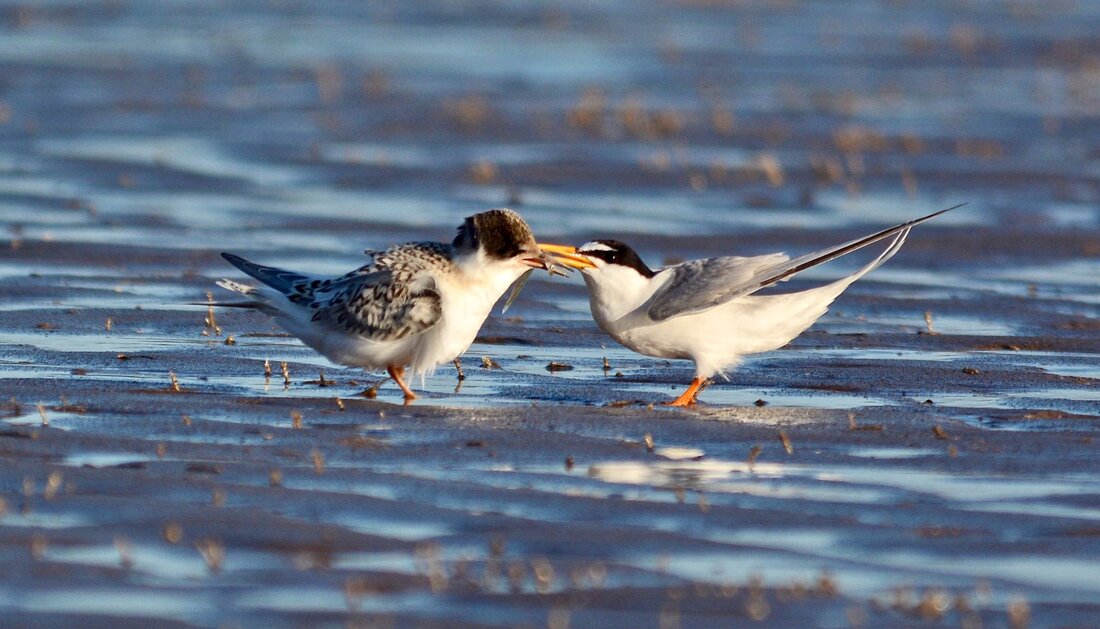
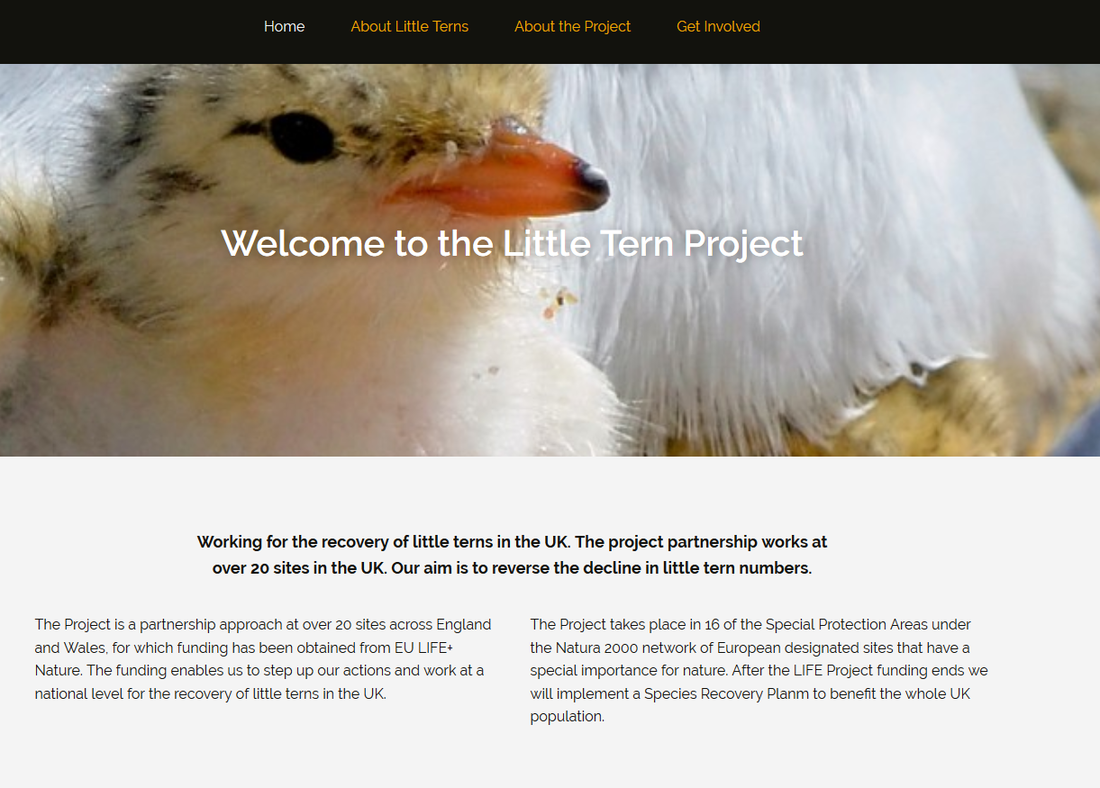
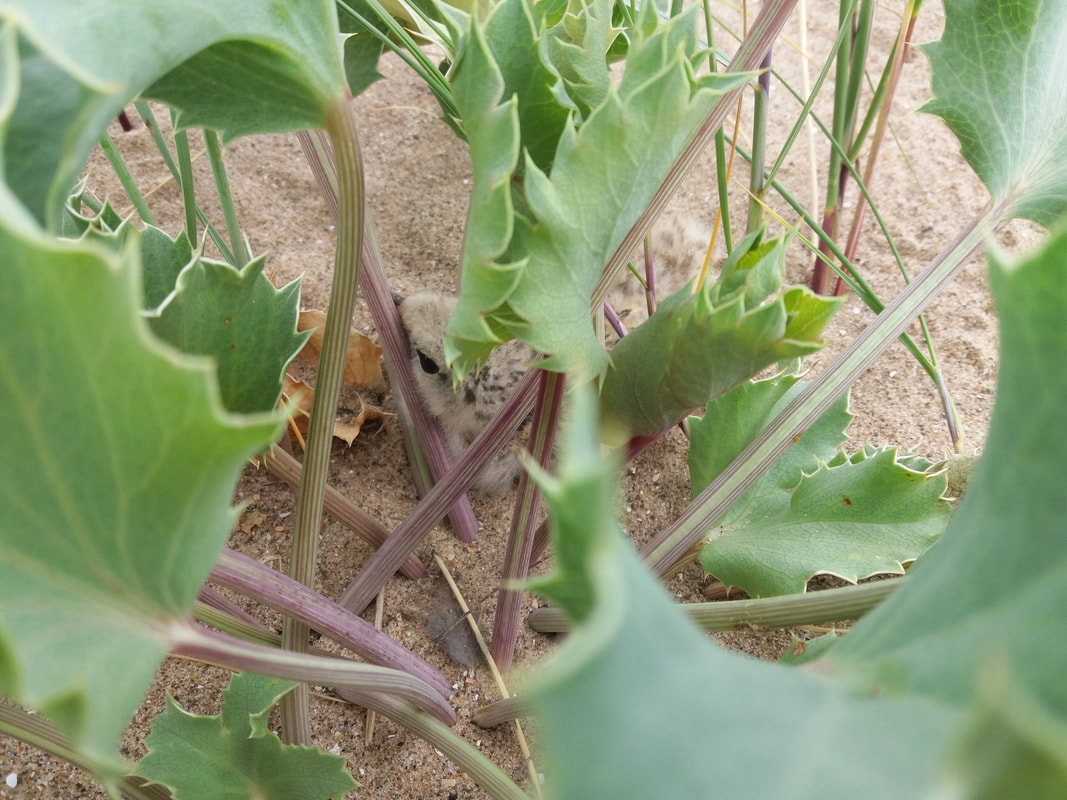
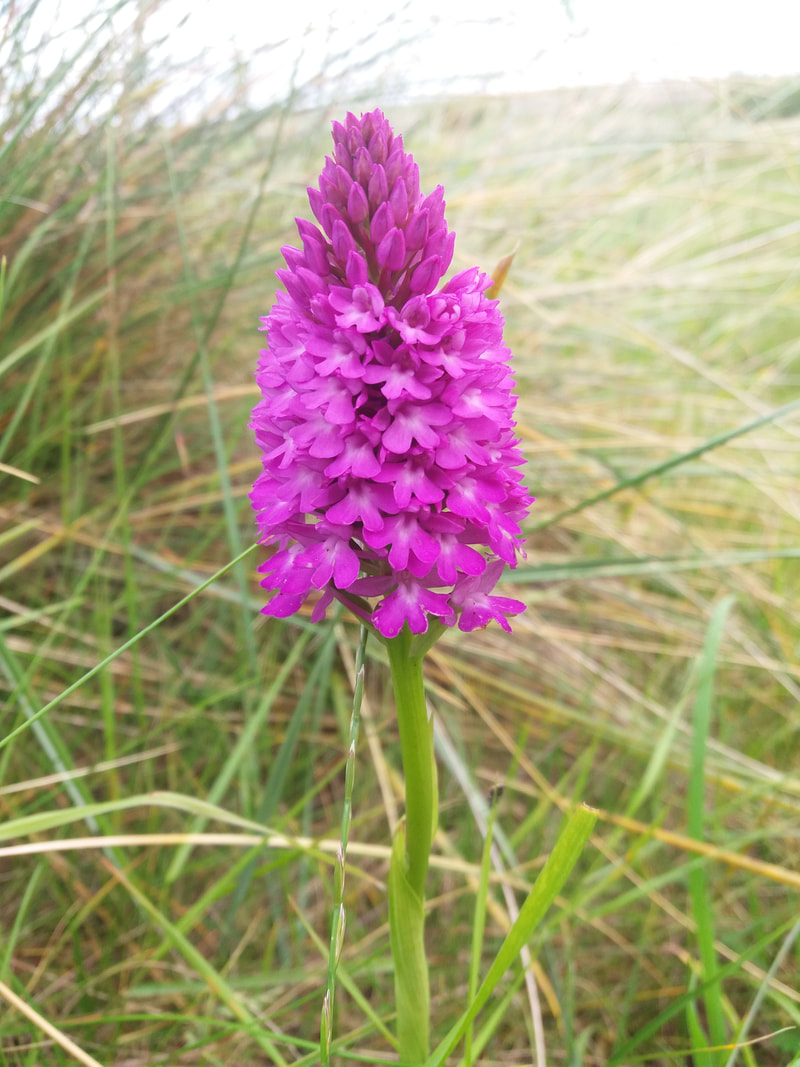
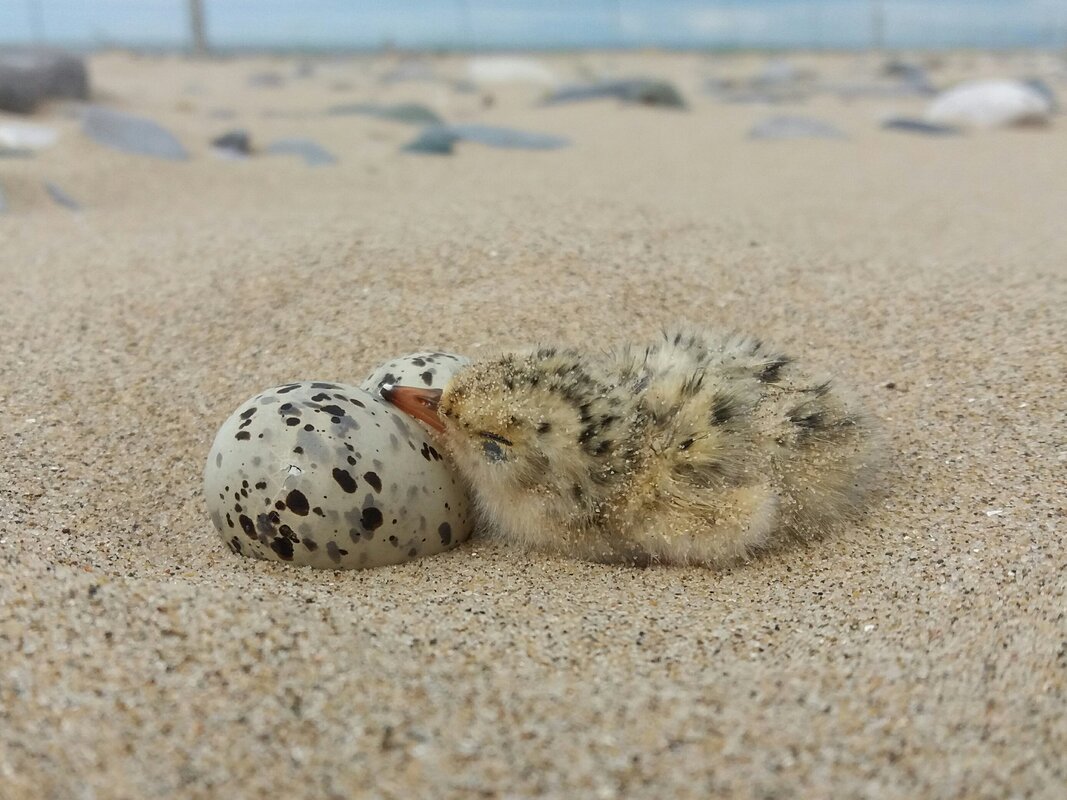
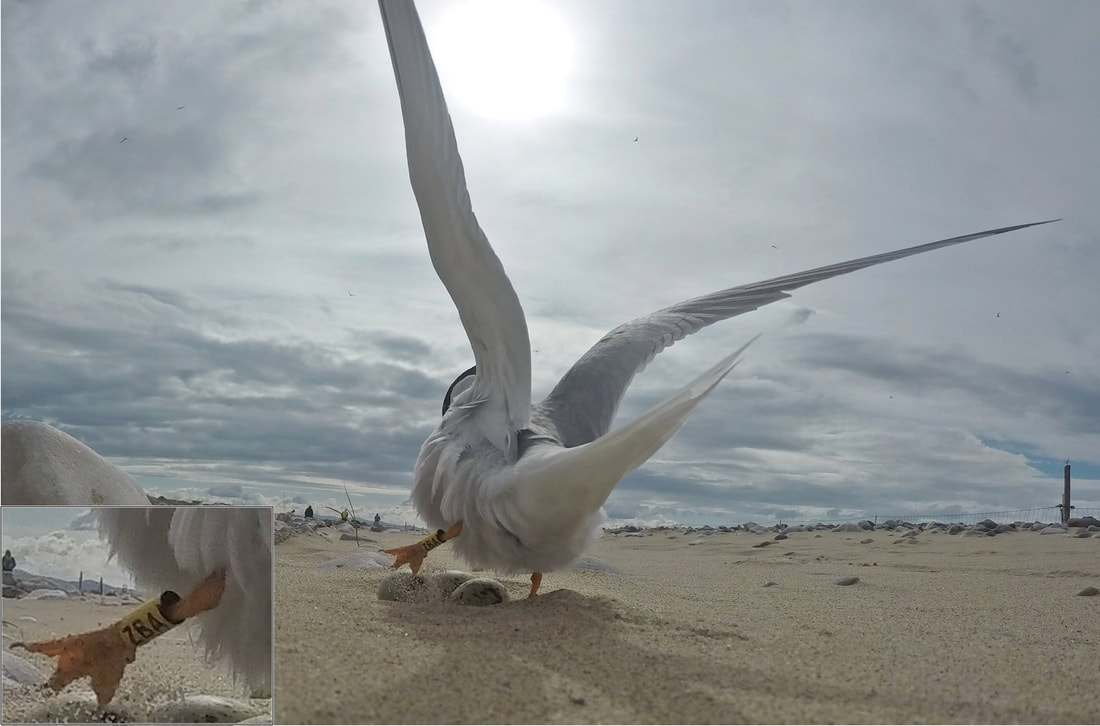
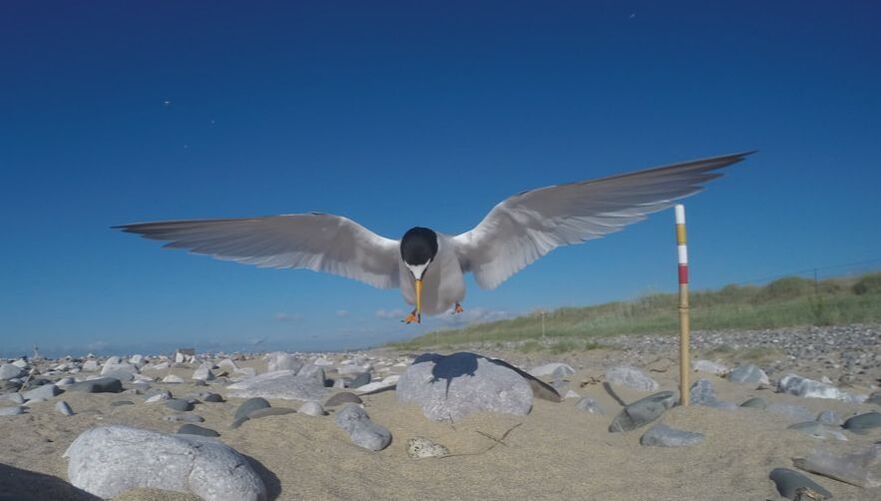
 RSS Feed
RSS Feed
